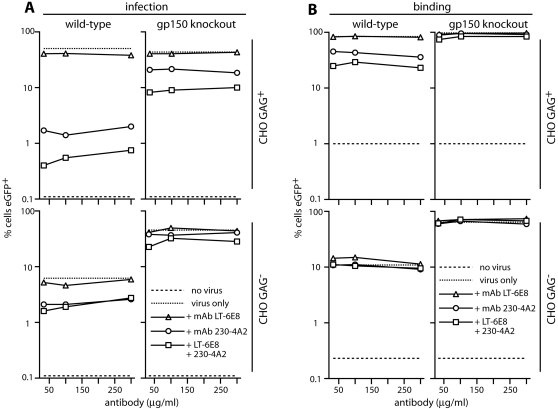Figure 6. Gp150 deficiency alleviates an antibody-mediated block to GAG binding.
A. EGFP-expressing wild-type or gp150 knockout virions were incubated with mAbs as shown, then used to infect GAG+ and GAG− CHO cells. Infection was assayed 18h later by flow cytometry of viral eGFP expression, counting the %eGFP+ cells in a gate where uninfected cells (no virus) were <0.2% eGFP+. A log scale is used to encompass the large differences in infection between gp150+ and gp150− viruses and between GAG+ and GAG− CHO cells. Each point represents 10,000 cells. Equivalent data were obtained in a repeat experiment. B. gM-eGFP+ versions of the same viruses, which have eGFP+ virions, were incubated with GAG+ and GAG− CHO cells (2h, 37°C) to allow binding/endocytosis. The cells were then washed x3 in PBS and assayed for eGFP uptake by flow cytometry. Each point represents 3,000 cells. Equivalent data were obtained in a repeat experiment. We compared viruses and cell types by taking the reduction in infectivity for each point of each of the 2 experiments (total n = 6). We then compared the reductions using Student's t test. This showed that mAb 230-4A2 and the double antibody treatment both neutralized wild-type MuHV-4 significantly better than the gp150 knockout, and that neutralization of the wild-type was significantly better with GAG+ CHO cells than with GAG− (p<0.01).

